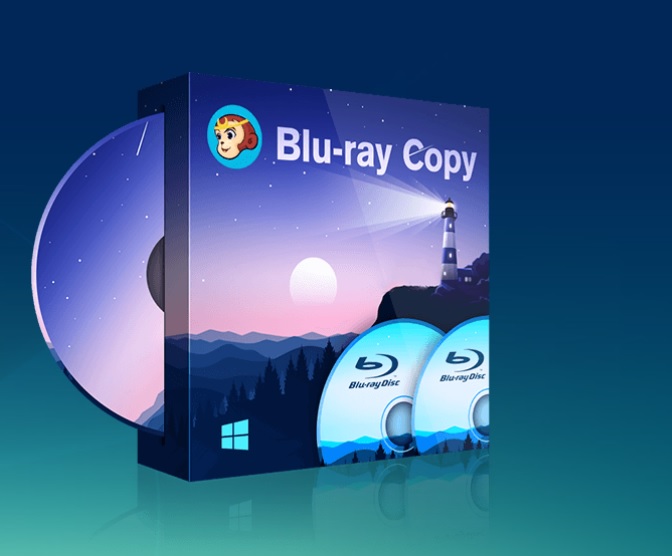Onboarding is vital because it allows you to make a lasting impression on your new hires, which might encourage them to be more engaged with your company. However, this process requires much paperwork that may lead to information overload for your new employees and supervisors. These negative experiences may cause high employee turnover rates and lower staff productivity.
Fortunately, you can use technologies that’ll allow you to conduct remote onboarding, which speeds up the process. Implementing HR software can revolutionize the onboarding experience by simplifying the paperwork overload in remote onboarding processes. These technological solutions streamline document management, allowing new hires to complete necessary forms and modules at their own pace. Moreover, interactive modules within HR software not only alleviate information overload but also facilitate engagement by offering engaging multimedia content. Supervisors can efficiently track progress and offer guidance remotely, ensuring a smooth onboarding journey. By leveraging HR software for remote onboarding, companies not only expedite the process but also create a more engaging and productive environment from day one, significantly reducing turnover rates and fostering higher staff productivity. Adopting this innovative approach will allow new hires to fill in documents online and enable you to store their information on a single platform. Aside from that, you’ll minimize onboarding and overhead costs because you won’t have to conduct in-person meetings.
This article provides you with four different ways you can leverage technology for remote employee onboarding. Read on.
- Organizing Virtual Lunch With New Hires
When welcoming new employees, eating together can help bring your new hires, supervisors, and top executives together. During a virtual lunch, you can learn more about them casually over non-work-related conversations, which is an excellent way for you to make them feel comfortable. In addition, you can use this avenue for them to socialize with their colleagues to avoid alienation in the virtual workplace, as well as improve team collaboration.
When planning a virtual lunch, you need to choose video conferencing software where you can communicate with your new hires and supervisors. Next, you must use a meeting template creator to organize an outline of your ideal discussions and virtual team-building activities. After that, you need to use a digital payment platform to send a lunch allowance to each team member so they can buy meals individually.
- Sharing Onboarding Documents
Building a well-organized paperwork process for onboarding helps your new hires understand what you expect of them so they can deliver their tasks properly. You need to send them some documents that include an employment offer letter, contract form, staff handbook, and company guidelines. These should have all the legal information they need to know and all the forms they need to fill out before they start legally working with your organization.
With the help of technology, you can streamline the time-consuming and error-prone process of completing onboarding documents. For instance, you may email the documents to your new hires so they can sign them electronically. This can avoid mistakes due to manual information input. Furthermore, you can use tools that’ll help you monitor your staff’s progress as they complete the forms, enabling you to guide them and eliminate confusion.
- Storing Employee Information
After collecting information from your new hires, you need to store it in a secure location to protect confidential data. Doing so will help prevent cyber criminals from accessing sensitive employee details, preventing data leakage. As a result, you can establish a positive brand image for your employees and encourage them to trust your organization, increasing employee retention.
With innovative technologies, you can store millions of pages of onboarding data without needing hard copies, helping you save printing costs. Aside from that, your human resources (HR) team won’t have to waste their time manually digging into piles of papers. Instead, they can retrieve data simply by typing keywords onto the storage platform and accessing them anywhere. In turn, they can immediately attend to their regular tasks, boosting overall company productivity.
- Improving Training Sessions
Training new hires allows you to help them develop the necessary skills to accomplish their tasks and improve their productivity. However, conducting live training programs every time you recruit employees might cause downtime and increase information overload. In turn, you might be unable to deliver consistent training sessions to some of the batches of your new hires.
Fortunately, you can develop pre-recorded online training modules using high-resolution video cameras. Aside from that, you can convert these videos into portable document format (PDF) files. Once you do so, you may send these files to their emails or a communication platform so they can access them easily.
Another way to take advantage of technology for your onboarding process is by using a scheduling tool to have one-on-one training sessions with your new hires. Afterward, you can use an online calendar, sync the schedules, and share the details with the involved staff. After the training, you may send survey forms to their emails so you can measure the performance of your training program and make necessary changes.
Key Takeaway
As a modern entrepreneur, you must use innovative tools to boost company productivity. Therefore, you should take advantage of technology in these four ways to streamline remote employee onboarding. By doing so, you can create satisfying experiences for your new hires and increase employee retention rates.








Leave a Reply